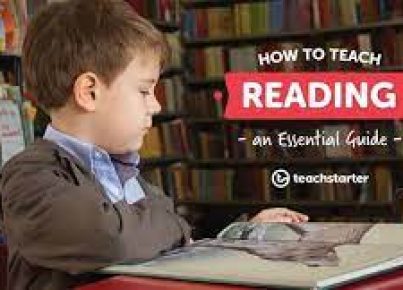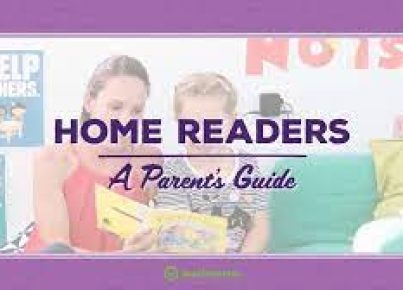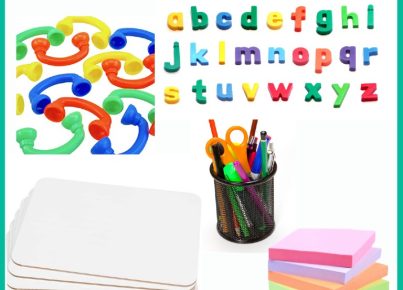Close reading is a teaching strategy where content is read several times to find more profound meaning. Emphasis is placed on analyzing the content, beyond recall questions. Educators must carefully select content for close reading, looking for rich vocabulary, complex ideas, and thought-provoking messages. Close reading can be introduced in kindergarten and continue to be used throughout older grades.
Introducing Close Reading
In kindergarten, close reading is typically introduced via teacher read alouds. The content chosen has to be complicated enough that it lends itself to being reread over several days, with a specific purpose set for each reading. For beginning readers, having the text read aloud by the teacher is an efficient way to begin incorporating close reading into their literacy curriculum.
The teacher plans the purpose for each close reading and whether the entire text or portions of the text should be read aloud. On the first day, the teacher may select to read the text in its entirety and for learners to listen for enjoyment. This first read may consist of straightforward reading strategies such as having learners tap into their prior knowledge about the subject, discussing the main events in the story, and sharing their opinions of the content.
During the initial read or the second read, the teacher may select “text-dependent questions,” which are carefully crafted questions that require learners to utilize evidence from the book to explain their responses. For instance, questions may be posed about the text’s central ideas or the problem and resolution.
The next day, the same book, or parts of the book, is read aloud again. Learners are cued to listen for a specific purpose. This process is repeated over several days.
In older grades, where learners have become proficient readers, close reading can still be accomplished through read alouds and guided reading and independent reading. Educators need to select texts at learners’ teaching level to access the content and explore their deeper meaning.
Defining the Purpose
Educators need to decide a clear purpose for each close reading and share it with learners. There are many areas educators can select to focus on as they facilitate a more in-depth examination of texts. To support language development, educators may focus on taking a closer look at challenging vocabulary. Learners can be cued to listen for words they identify as “tricky” in a specific passage, sharing their findings afterward. Educators can give learners specific words they want learners to listen for and ponder their meaning in the context of the text.
Contingent on learners’ age and ability level, determining the meaning of foreign vocabulary may occur through discussions with the whole group or with a peer. More proficient readers can be allowed to search for definitions on a computer device and share their findings. They may also use their copy of the text to utilize context clues, like rereading the sentences around the unknown word, to guess its meaning.
Close reading can be used with comprehension strategies. It is a great teaching strategy for going beyond simple recall questions. For example, learners may be cued to listen to the author’s purpose. They may be asked to explain the story from the perspective of a specific character. Close reading can help learners understand inferencing as they listen for implied versus stated info in a text. Learners can be asked to read to discover the vital message we learn from the content or what it motivates us to do.
Learners can be cued to ponder what questions they still have after the text concludes or what wonderings they experienced throughout the story. Educators may select to have learners finish these activities orally, utilizing strategies such as “turn and talk” or “think, pair, share.” Alternatively, educators may ask learners to record their thinking in writing, utilizing blackline masters, or reading journals.
Close reading can be implemented in collaborative learning. Small groups of learners can be formed, and groups can reread the text with a specific purpose in mind. Learners may utilize content such as highlighters and sticky-notes to document their thinking. With developing readers, the teacher can read the text aloud, then have small groups of learners meet afterward, working towards a common goal. For collaborative learning to be efficient, each learner needs to participate, share their ideas, and ask their classmates questions. The goal is for each group member to walk away with a deeper understanding of the content.
Pros of Close Reading
Close reading requires that content be read more than once. This process provides chances for learners to explore the content in several ways, including to deepen their understanding and to work with others. Close reading does not overwhelm learners with multiple questions and instead allows them to slow their pace, visit a text more than once, and cue into specific purposes.
Close reading allows educators to share a wide variety of texts with learners from many genres. It also provides the benefit of encouraging learners to engage in purposeful conversation in whole group, small group, and partner settings. For learners who require extra support, close reading is advantageous because they can visit a story more than one time. Close reading facilitated in the form of read alouds also allows each learner to participate, even those who struggle to read the text independently. It is an efficient teaching tool for promoting the utilization of critical thinking.




